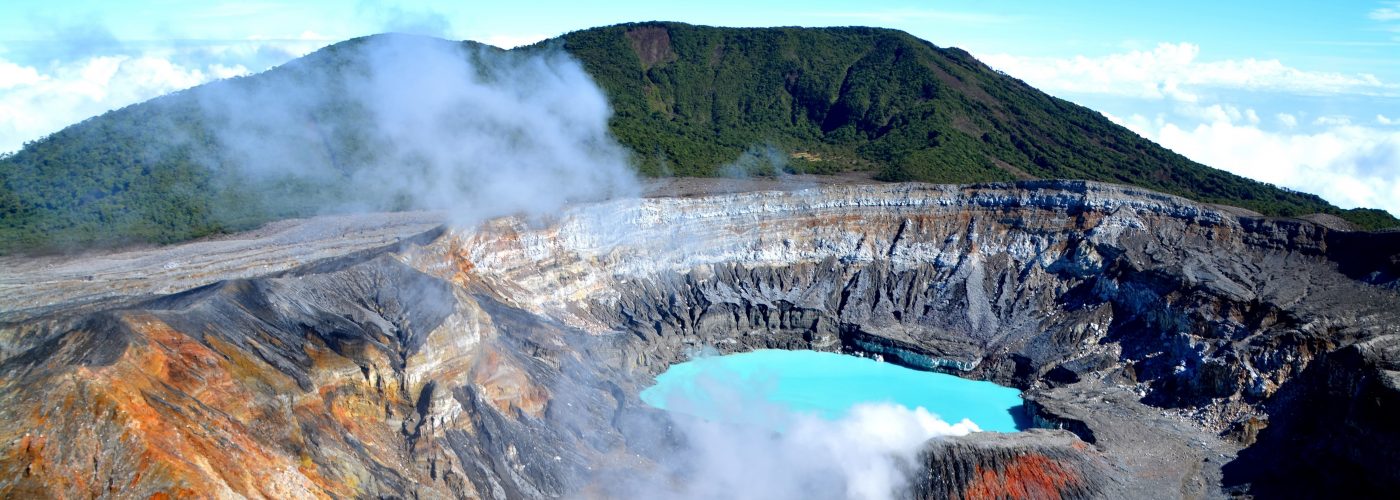For most Americans, “global warming” has become a charged term. It’s splashed across the topic of dinner table arguments as well as headlines: There’s a very clear split both here and abroad about climate change. But one Central American destination is decades past asking questions about global warming, and is leading the way in renewable travel and ecotourism.
Its tourism is powered by the eco-consciousness of Costa Rica instead of clashing with it. “Sustainability” might not be the first word which comes to mind when you are arranging a vacation, however the natural coffee plantations, rainforest zip lines, and distant eco-lodges that people flock to in Costa Rica are shining examples of it. And bucket-list-worthy, although Costa Rica’s ecotourism is made up of decisions that were not responsible experiences.
Here’s how to experience the best ecotourism Costa Rica has to offer you.
Ecotourism in Costa Rica
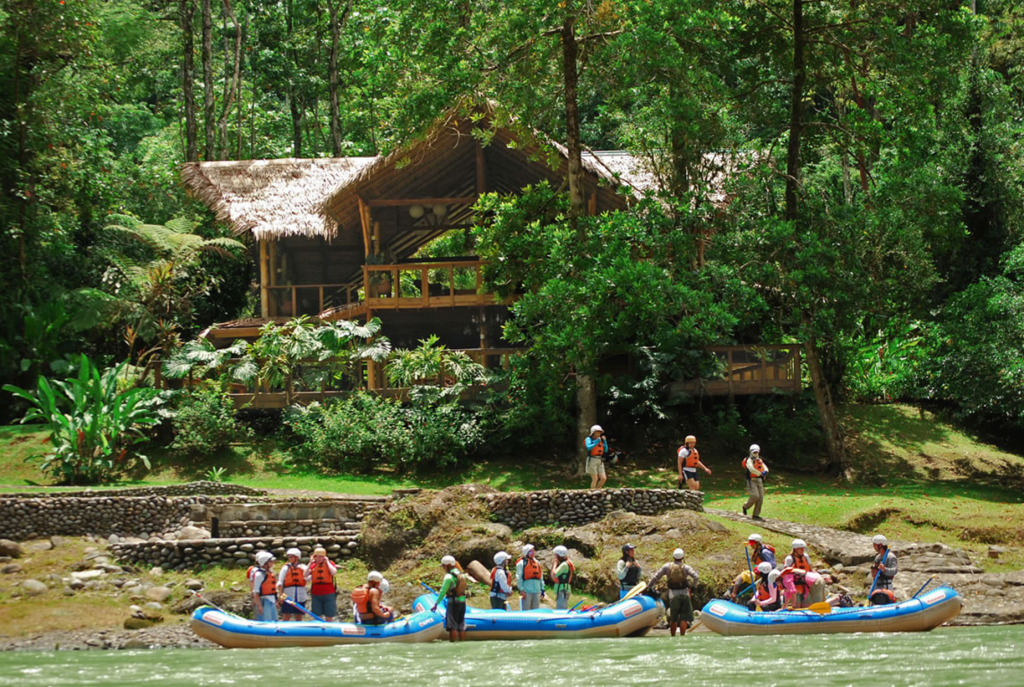
Stay at An Eco-Lodge
For the sustainable travel adventure, unplug at a. In the thick jungle that blankets Costa Rica’s Central Valley are rainforest hotels largely without electricity or Wi-Fi which instead connect visitors with educational and thrilling outdoor experiences.
To the Pacuare Lodge, head to get a high-end experience sans technology that is eco-lodge. About 95 percent of this property is. And getting there’s no joke: Travelers must arrive via whitewater raftcar, or even helicopter. Most of the Pacuare Lodge’s 20 separate open-air bungalows are lit by candles after dusk.
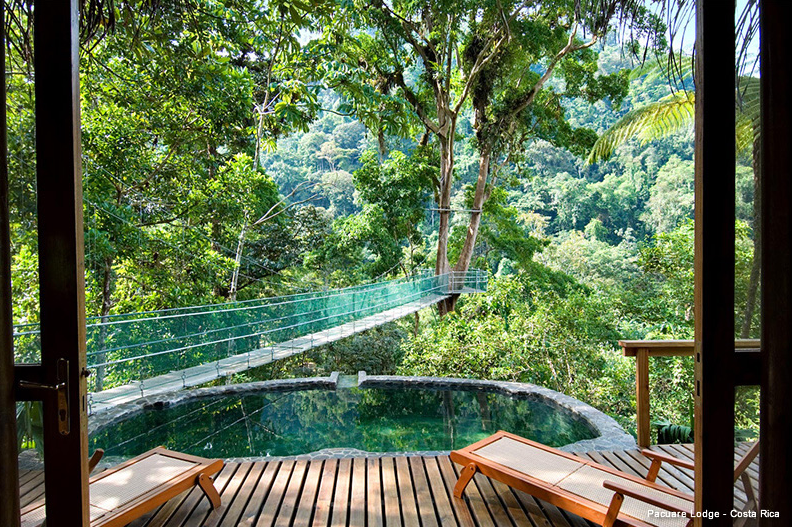
There is Wi-Fi and electricity at the main lodge if you really need a connection or charge, yet the digs are not anything but rustic. Indulge in your very own private infinity pool, outdoor hammock, and claw-foot bathtub, visit the spa for a lengthy therapy, or opt for on-property activities like zip-lining, waterfall hikes, canyoneering, and river rafting. The Pacuare Lodge will make you forget about linking to the rest of the world.
Costa Rica’s Certificate for Sustainable Tourism effort (CST) awards “renders” rather than stars to rate resort eco-friendliness and sustainability–the Pacuare Lodge is, unsurprisingly, a five-leaf lodging alternative. The property stocks its own kitchen with components from its own organic farm, heats its water and spa utilizing solar power and an on-site pig farm, and supplies guests with not just one but four different in-room recycling bags. Nightly rates include foods–home made community cuisine–and the paychecks sheds its own home beers and includes a wine cellar. Additionally, if you are lucky you might spot a sloth, monkey, or leopard throughout your stay.

Hike a Coffee or Chocolate Plantation
You will learn about Costa Rica’s 12 ecosystems on just about any nature action you go for, but the country’s heralded coffee plantations may be the best place to do so. Coffee is one of the Costa Rica’s most significant exports, and also the government mandates that just high-quality Arabica beans make up the coffee produced here. Short tours of a plantation and roastery frequently including a cupping session (coffee tasting). Coffee areas are located in the majority of ecosystems below a 6,000-foot altitude, such as just outside bustling San Jose, in the famed Monteverde cloud forests, and near the Pacific coast’s pristine shores to the north.
Desire something sweeter? Another golden harvest for Ticos is cacao, that is sometimes grown alongside coffee beans, developing a two-for-one ecotourism experience. Cheap options offering both coffee and chocolate experiences comprise Cafe Britt tours from coffee, chocolate and San Jose, and sugar cane adventures in Monteverde.
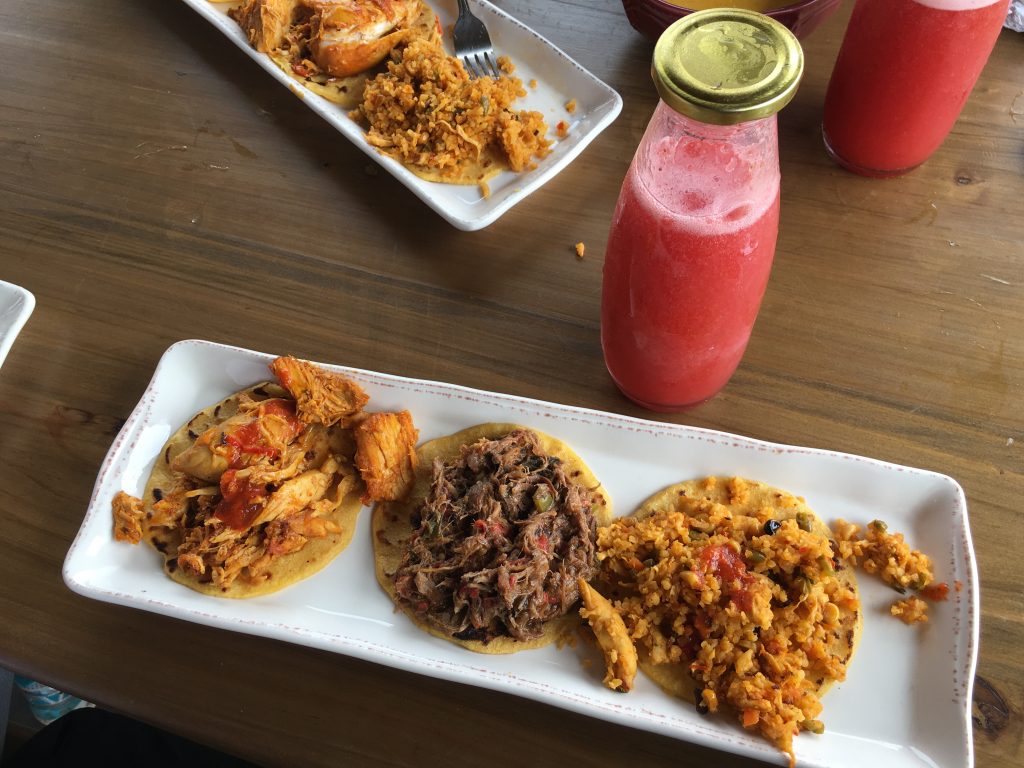
Feast in a Farm
Go 1 step beyond instructional ecotourism by going into an organic farm where you can acquire hands-on critters and taste fresh local fare. Corso Lecheria is a favorite among visitors and locals alike for ingredients which produce dishes such as tortilla tacos and strawberry juice. Feast to cap off a tractor tour of the grounds in the foothills of Poas Volcano: You’ll have the ability to milk a cow, explore a cloud forest, spot chickens and bunnies, and flavor fresh handcrafted sandwiches, or queso fresco, and berries.
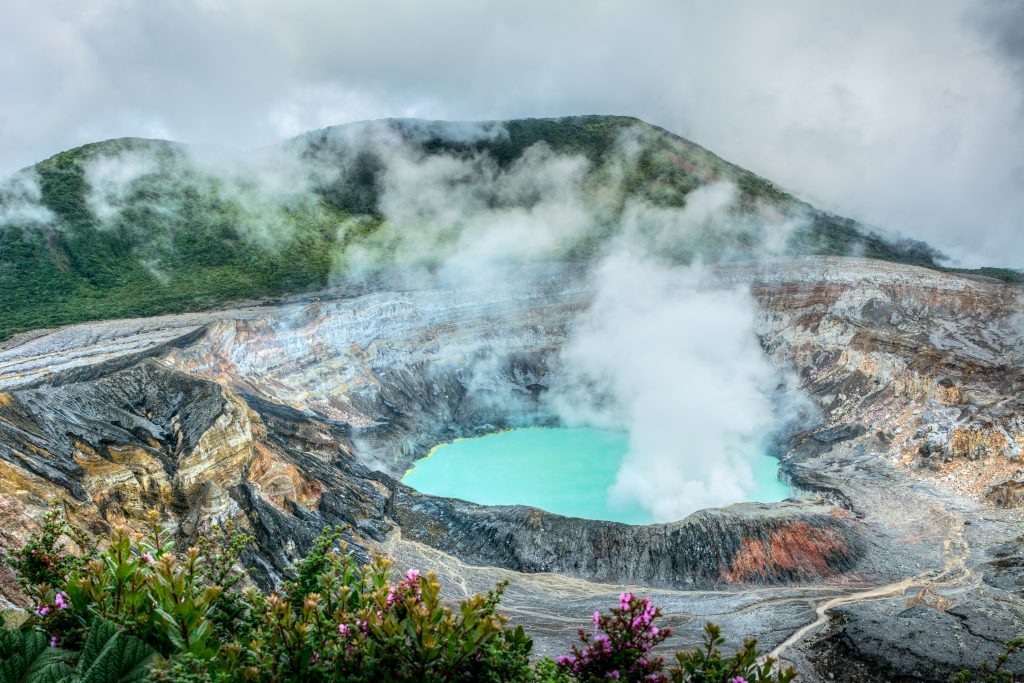
See a Volcano
Poas is one of the six active volcanos in Costa Rica. Since they “erupt” daily–emitting ashes and smoke–you are most likely to spot a steaming volcano on the skyline, and ought to make the time to get up near one within an epic hike. Poas Volcano National Park is a favorite because of its steaming blue crater pool (above), which you may see from a nearby lookout point. Arenal Volcano is cloaked. Not up for an increase? Irazu Volcano’s towering summit is accessible by car from San Jose.
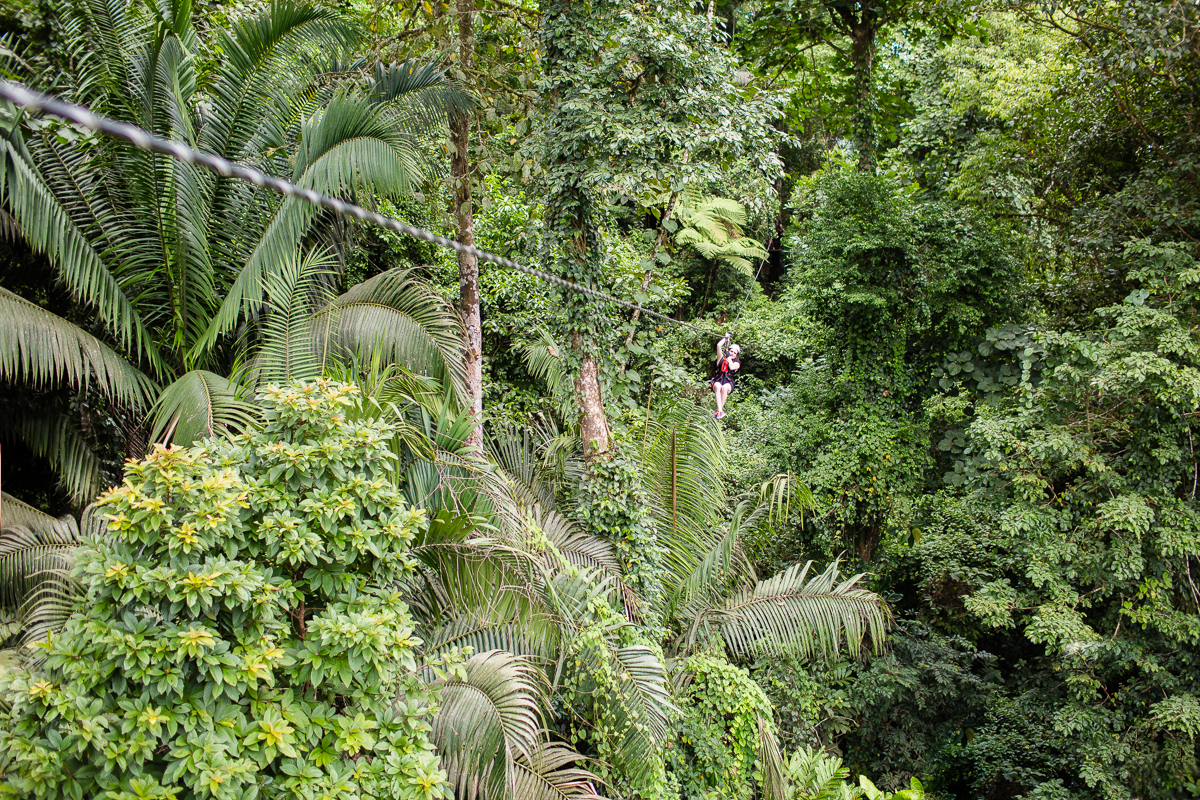
Zip-Line
How often do you listen to the word “reforestation”? You may in Costa Rica, in which the government is combatting long-term deforestation with incentives such as tax breaks for businesses that safeguard and regrow forests. The country is working toward near-reversal of the deforestation that preceded its tourism boom, and expects to attain carbon-neutrality from 2021. The perfect way to see the magnificent mahogany and cedar trees which are helping inverse logging is to zip-line through thick forest canopies for a bird’s-eye-view safari.
This experience activity is said to have been invented from Costa Rica by character researchers, and is a must-see encounter if you want to familiarize yourself with the nation’s famed biodiversity. Sling across the forest from platform to platform for a exceptional look in birds, insects, waterfalls, and plant. Some hotels or lodges have zip-line offerings including the Pacuare Lodge’s 11 platforms that snake across the book.
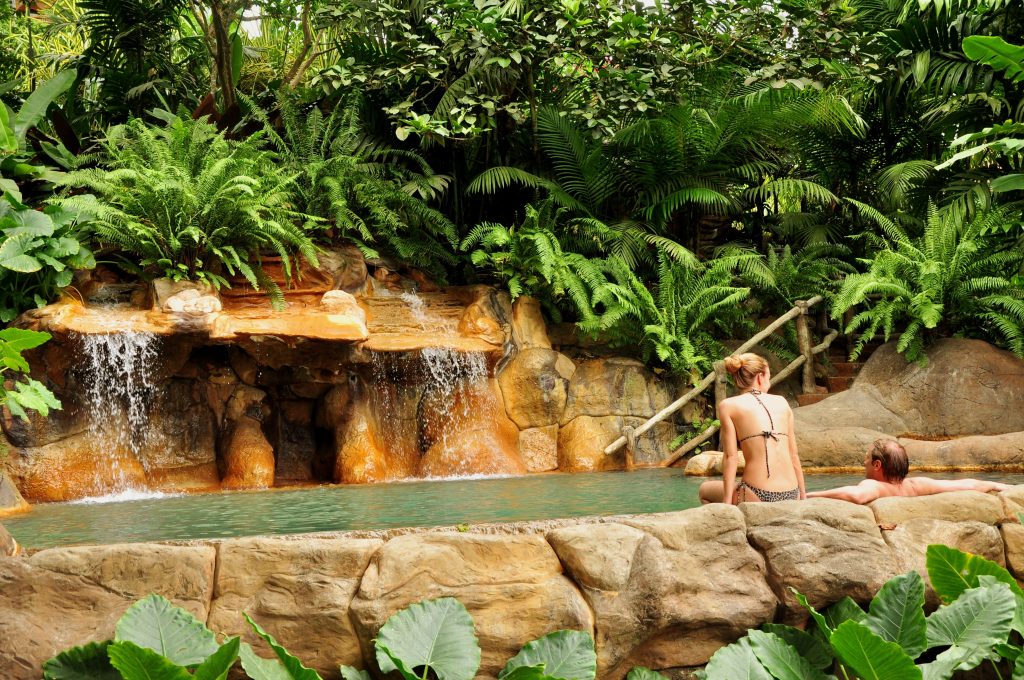
Indulge in Spa Treatments
Unwinding from a long day of adventure activities is another way to learn about Costa Rica’s ecosystems. Wellness treatments like massages, mud baths, facials, and hot-spring soaks are powered by Costa Rica’s abundant natural resources.
Body scrubs incorporating coffee beans and chocolate are a way to try the regional ingredients. Geothermal hot springs in Arenal Volcano draw bathers yearlong, and mineral-rich volcanic mud is commonplace at resort spas for use in body wraps and facials. Most therapies here are much more affordable than they are in the United States, particularly at authentic inns like the Finca Rosa Blanca at Heredia–a renewable CST-honored inn and coffee plantation that provides spa packages like scrubs, massages, and facials followed by an indulgent coffee- or chocolate-based cocktail.
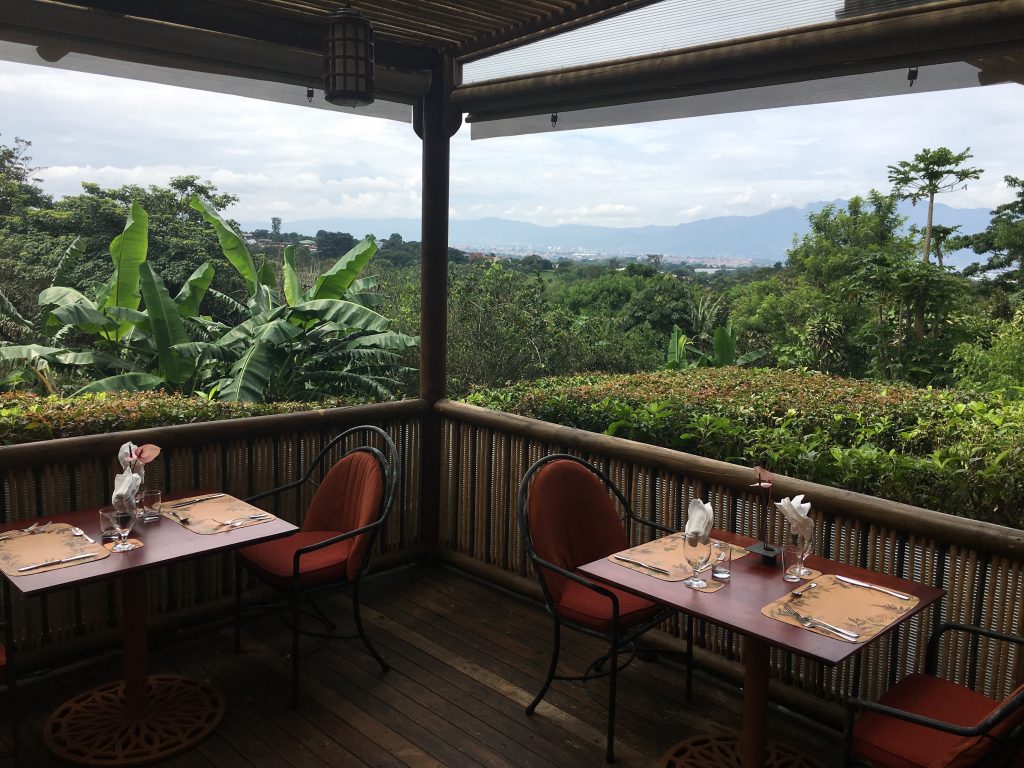
Select the Right Hotel
Costa Rican resorts like the aforementioned Finca Rosa Blanca Inn and Pacuare Lodge are globally recognized for their sustainable practices. Finca Rosa Blanca owner Glenn Jampol seats the International Ecotourism Network and has traveled the globe to teach other destinations concerning sustainable practices, and Pacuare Lodge is recognized by National Geographic as one of the top eco-lodges in the world. But they are only the tip of Costa Rica’s ecotourism iceberg, for companies thanks to government incentives that are enticing to go green.
From all-inclusive hotels to Holiday Inns, it’s easy to discover a property at any price point that can wow you with sustainability. Prior to reserving, ask what standards the house needs for recycling, nature excursion supplies, or what they do to reduce their carbon-footprint generally. Most resorts, inns, and resorts are going to be happy to tell you.
